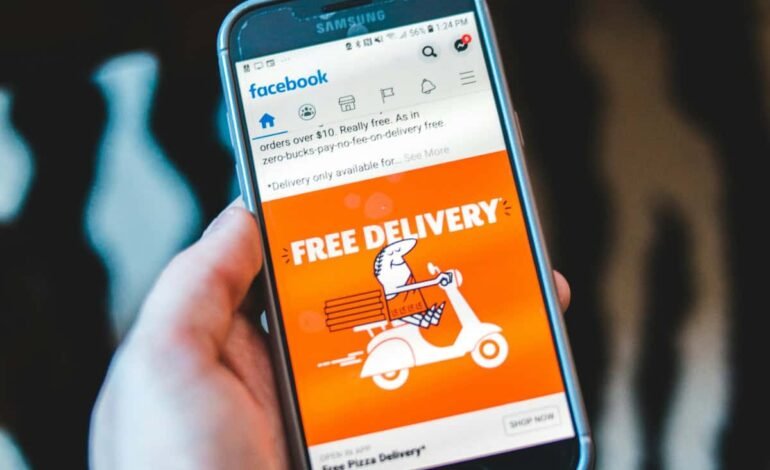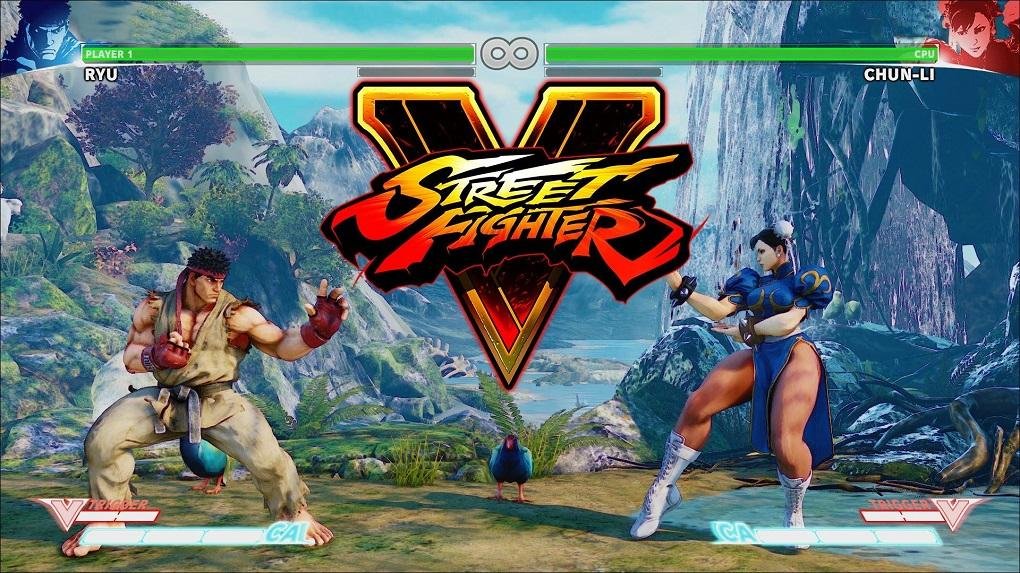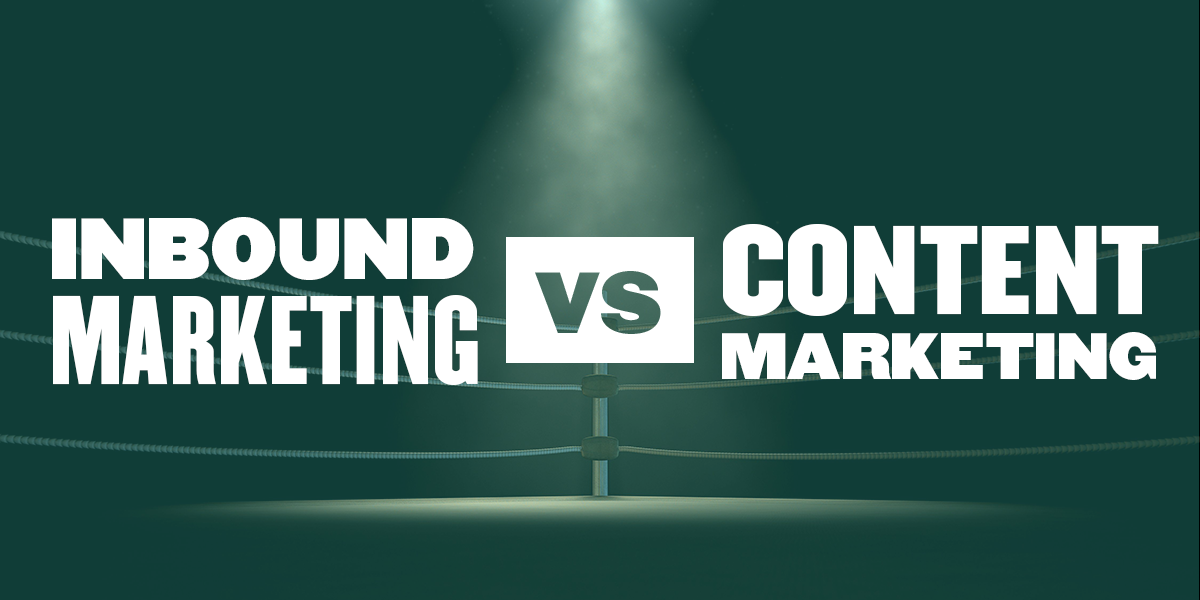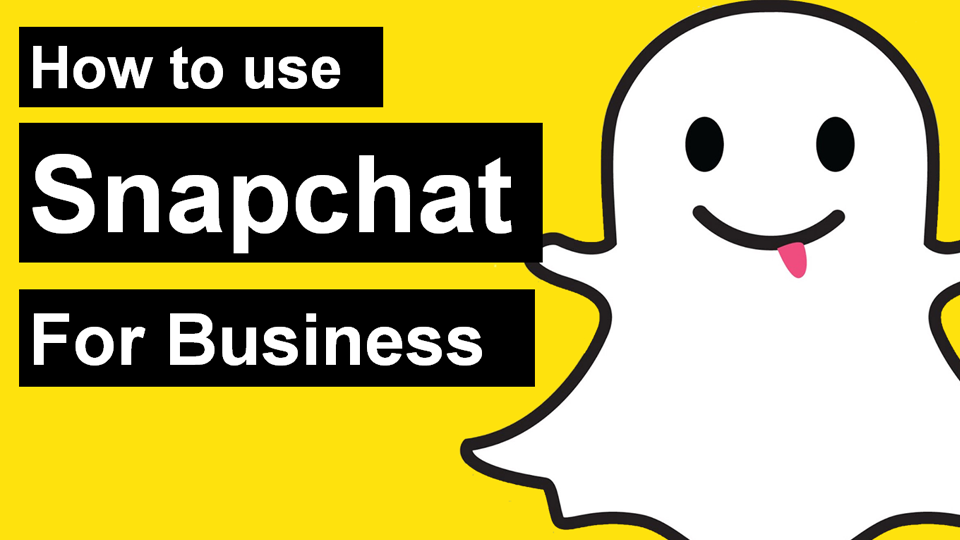What Type of Campaign to Choose on Facebook Based on Your Marketing Goals

Over the past few years, Facebook Ads has evolved into an incredibly powerful tool. There are so many options that you can surely find the one that will help you achieve your goals the most… but at the same time, choosing can be very complicated.
If you want to get your Facebook campaigns right, my recommendation is that you make your choices thinking about your marketing goals and the stage of the conversion funnel your customers are in. To give you a hand, in this article, I’m going to talk about campaign types, audience selection, and creatives in Facebook Ads.
The type of Facebook campaign that suits you based on the stage of the conversion funnel
When working with Facebook ads, there are several types of strategies that we can follow. To work with a focus on performance, we can organize our campaigns according to the audience and their place in the conversion funnel, that is, we will talk about TOFU, MOFU, or BOFU users.
TOFU Phase (Acquisition)
At this point in the process, the idea is to capture users who are completely unaware of the brand for the first time. Therefore, we will focus on generating awareness through campaigns of:
- Interactions with publications. The KPIs to be measured will be those related to engagement: comments, likes, and shares.
- “Like” the page. Here we will turn our attention to likes and the cost per like.
- Local dissemination. The star KPIs will be the number of clicks, reach, and CTR.
- Brand awareness. This type of campaign on Facebook is mostly measured through reach.
- Scope. If you want to go further, keep an eye on reach, impressions, and frequency.
MOFU Phase (Consideration)
Here we seek to impact audiences similar to those we already know, with campaigns of these types:
- Traffic. To determine the success of these campaigns, we’ll look at clicks, CPC, and CTR.
- Installs of an app. If we want to promote an app, our KPIs will be installs, cost per install, and events.
- Responses to events. Very simple: we will measure the responses received.
- Video views. Here we will pay attention to VTR, views, and cost per view.
- Lead generation. The number of leads generated and the cost per lead will be the star metrics.
BOFU Phase (Conversion)
In this phase, the strategy will be to re-engage a specific group of users with campaigns of the following types:
- Conversion. Simple and straightforward, right? In this case, we’ll measure the number of conversions and the cost per conversion.
- Catalog sales. Same as in the previous case.
- App interactions. The KPIs to track will be events and cost per acquisition.
- Bids Requested. Of course, success will be determined by the number of offers.
- Store visits. This type of Facebook campaign goes beyond the screen to reach the physical world. The highlighted KPIs will be clicks, CTR, and sales.
What kind of creative should I use for my Facebook campaign?
Now that you are clear about the type of campaign you need, the next thing is to know which creative to choose. Follow these clues and you will surely be right.
For the TOFU phase:
- Video ads. Video is one of the key formats to draw attention to your brand, make an emotional impact, and convey your values. Remember that in addition to using pre-recorded videos, you can also take advantage of its new feature to broadcast live and make it possible for users to take a look at the “guts” of your brand.
- 360-degree videos. A spectacular, innovative format that offers an experience close to augmented reality.
- Canvas. The campaigns in Facebook Canvas are specially designed to be viewed on mobiles, both Android and iOS. They are characterized by their fast loading and by combining videos, photographs, and call-to-action buttons.
For the MOFU phase:
- Video ads. Videos are also suitable when you’re looking to deepen your relationship with your users, although you may want to use different creatives.
- Images. Facebook’s “classic” format is still one of the most effective and integrates seamlessly into users’ news feeds. Dare to play with stunning images!
- Sequence (Carousel). Use it to display up to ten images and links in a single ad and direct people to specific points on your website.
Finally, in the BOFU phase, the most appropriate is to resort to the sequence and image formats.
How should I segment my campaign on Facebook?
To conclude, I want to stop at a crucial point for you to achieve your Facebook marketing goals: segmentation. Facebook Ads offers a lot of options. What’s the best way to determine which ones are right for us? You guessed it: once again, the conversion funnel is the key.
In the TOFU phase, you want to search for new users through broad segmentation based on different factors. Here are some of the things to consider:
- Generic demographic data (age, gender, location, language).
- Specific demographics (education, household composition, work, etc.).
- Behaviors.
- Partner categories (categories of consumers that we may contract with third parties through Facebook).
- Interests.
When we reach the MOFU phase, we want to be more specific. We basically have two options: the Custom Audiences (own audiences) and the Lookalike Audiences (created from Facebook’s similar audiences tool). These audiences can be created in different countries and with different degrees of similarity, so they are very useful in internationalization strategies. To create Custom Audiences, we can rely on our databases, our website traffic, our app events, or engagement with our brand on Facebook.
And in the BOFU phase, we will focus on remarketing, creating segmentations based on traffic to our website or on users who perform a specific action within our app. To do this, we must correctly install the Facebook pixels.










